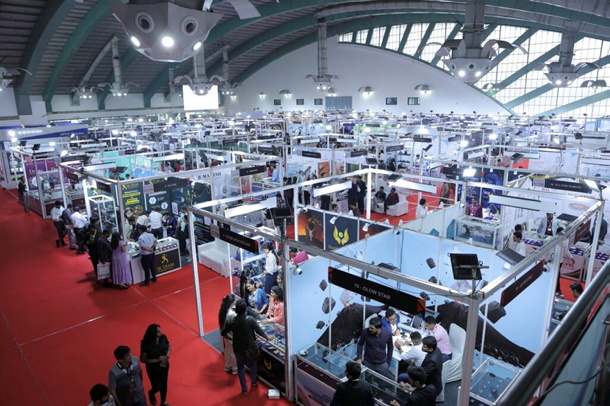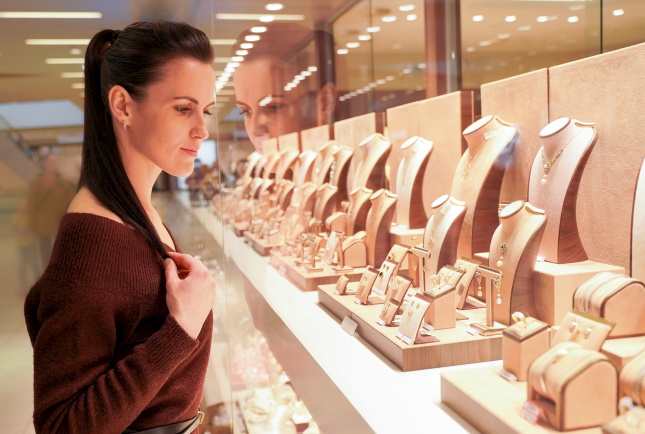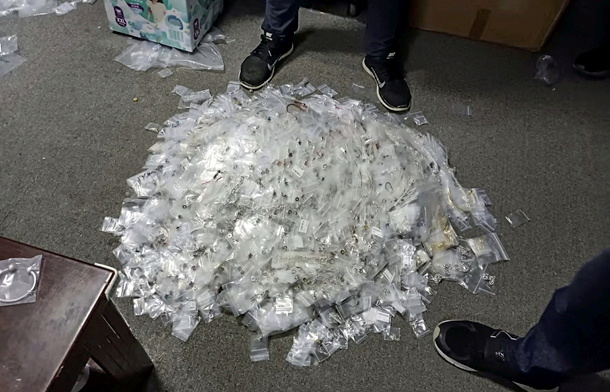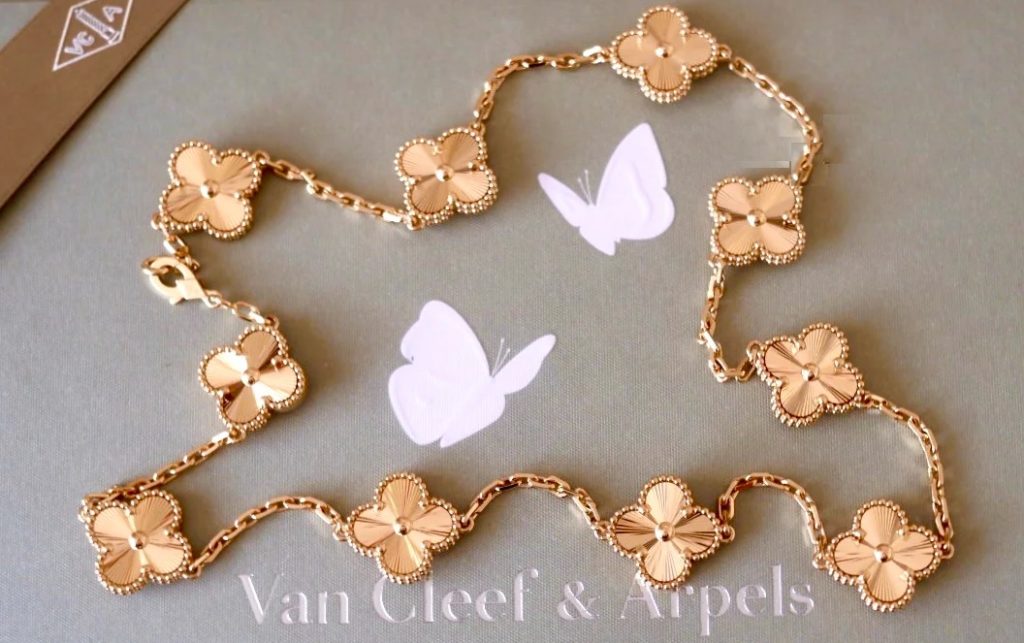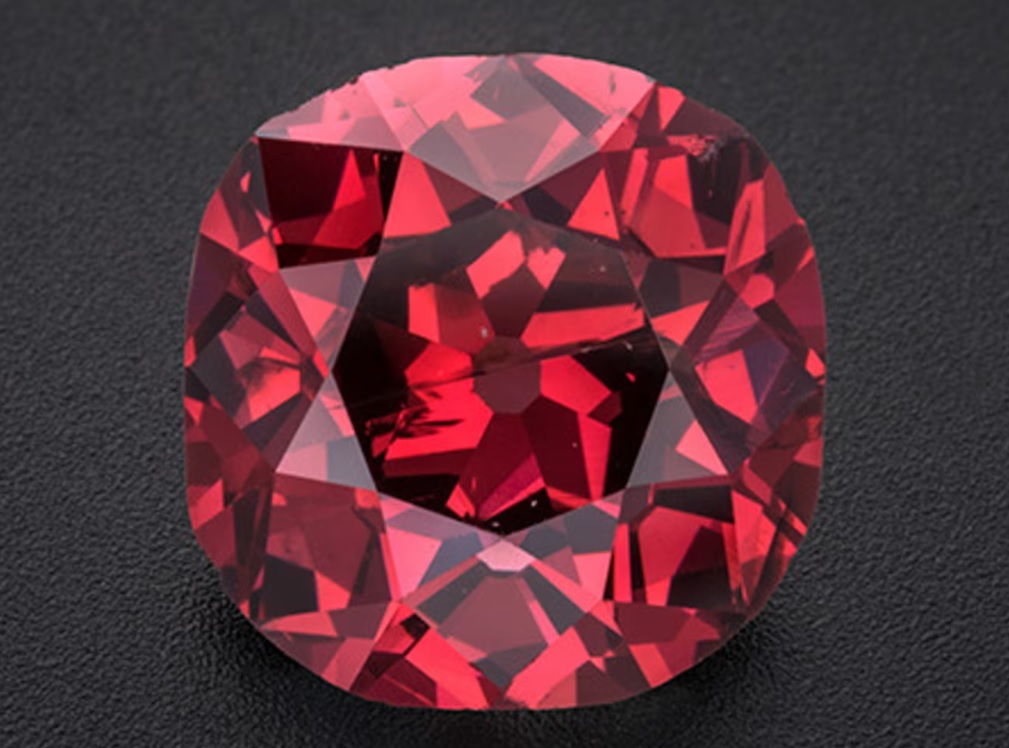
A Namibian member of parliament has criticized security arrangements made at Namib Desert Diamonds (Namdia), following a $17m armed raid in January.
Job Amupanda claims the state-owned diamond marketing company subsequently appointed an unqualified security consultant, and hired his son to install a new security system.
Namdia said in a statement that it had “taken note of recent social media posts containing unsubstantiated allegations,” but did not categorically deny all claims.
Amupanda, an opposition MP known for actively challenging state-owned enterprises, is also asking why Namdia’s was using Neldan, an Angola-based security company, at the time of the raid.
And he has voiced doubts over the adequacy of Namdia’s security upgrades after the heist.
In a post on X (formerly Twitter) that has been viewed 25,000 times, he said Namdia “brought in a guy as a security consultant, who doesn’t have any qualifications and without following procurement procedures.
“He also doesn’t have a job description. He had his son install a security system.”
Aside from Amupanda’s criticisms, the police warned Namdia of a possible imminent heist before it happened, and advised the company to be vigilant and upgrade security.
Francis “Gosh” Eiseb, aged 57, a senior security supervisor at Namdia, was killed during the heist.
Six suspects, three from the same family – George, Charmaine and Bino Cloete – have since been arrested in connection with the raid.
A relative of the Cloetes – a security guard believed to have taken the diamonds at the scene – remains at large.
Namdia’s CEO, chief operations officer, and security manager remain suspended pending the outcome of an investigation.
In a media statement Namdia said it had implemented critical security upgrades, but said it couldn’t provide details.
It accepted, as Amupanda claimed, that it bypassed procurement procedures, but said it was allowed to do in critical situations.
Namdia also said it had appointed a new security consultant, but gave no details of his qualifications or suitability.
“Prior to this appointment, security services had been provided by Neldan, a Namibian-registered company with operations in several countries, including Angola,” it said. “That contract, however, had come to its natural conclusion.”
Source: IDEX


